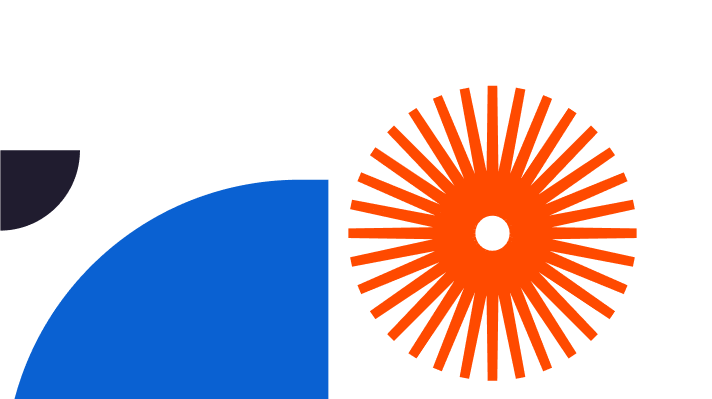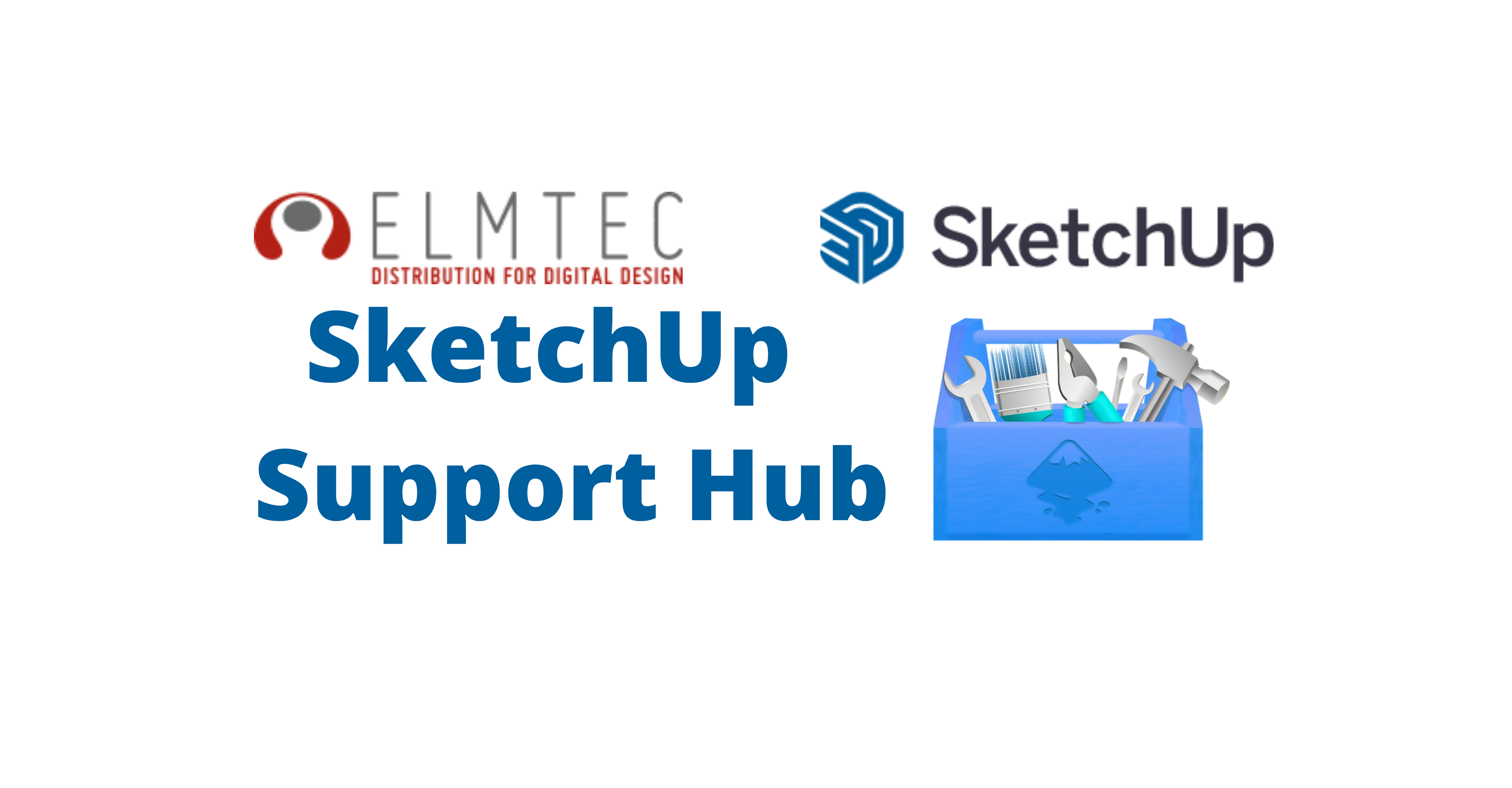Printing Views of a Model
Getting your design ideas onto paper is as trouble-free as you’d expect. There are various ways to customise the results including scale changes, orientation and desired quality to name but a few.
Straightforward model printing is possible on both Windows and Mac OS X. And both contain a similar range of options to bring your designs from screen to paper.
Printing views of a model in Microsoft windows
Windows users can take advantage of several Print Setup and Print Preview options. The majority of setup choices and additional preview features are quite familiar.
Print preview
Before you begin, it’s worth noting that to print your model to a different scale, you need to click Camera > Standard Views to make the changes prior to printing. There are various views to choose from. It’s also important to change to Parallel Projection view from the default Perspective view.
Reaching the Print Preview dialog box requires 2 simple clicks: File > Print Preview. The dialog box now appears with an array of optional functions.
Tabbed Scene Print Range – the Current View radio button is selected by default. Change this to Selected Scenes Only by checking the Scenes button. Enter a value ‘from’ and ‘to’ in order to select the scene numbers.
The Copies function lets you simply choose the number of copies you need.
Print Size options include Fit To Page and Use Model Extents—both are checked by default.
Fit To Page will automatically make your image fit on the selected paper size. Uncheck the box to enter your own values. Now you can also select a specific scale for the printer to use.
Use Model Extents will zoom to the model extents and ensure that it fits the entire model in the print. This is only possible if the whole model is visible in the current view. If it isn’t, then you won’t have this option.
Print Quality options let you choose from Draft, Standard, High-def and Large formats.
When your model includes a slice, you can check the 2D Section Slice Only box to print it.
Selecting the Use High Accuracy HLR box will transmit your image to the printer in a vector format.
Print Setup
Setup choices include printer selection and paper configurations and to access these options click File > Print Setup.
- Select your printer from the list of available devices
- Select Properties to make any changes to your printer configuration
- Select the paper size required and the source
- Choose the Portrait or Landscape printing button
- Click OK to begin printing
Printing views of a model in Mac OS X
There are 3 areas where you can perfect your print output using the Mac OS X system. These are Page Setup, Document Setup, and Print dialog.
Page Setup
Head to File > Page Setup where you can apply any current settings to Any Printer. Alternatively, you can select another printer from the list.
You can also select the paper size and choose portrait or landscape print results. The Scale box lets you increase or decrease the scale of your printout. Save these settings as the default from here if you wish.
Document Setup
Click on File > Document Setup where you can Fit View to Page or change the height and width.
As with Windows printing, you’ll need to go to Camera > Standard Views and select a view before printing. Again, change from Perspective view to Parallel Projection view.
Set the scale using the In Drawing and In Model options to change the measurements of your printout and model respectively.
Print Dialog
To finally send your image to the printer, you need to select File > Print. There are a few adjustments you can make to the potential results at this stage.
- Firstly, select the printer you wish to use
- Input the number of required copies
- Change the print quality to either Draft, Standard, High or Extra High
- Select Vector Printing if needed
- Decide which line weight is necessary for your printout
- Click Print
Viewing Your Model in Google Earth
Within SketchUp, you can preview your model in Google Earth to see how it sits in its natural surroundings when construction begins. To do this, you’ll need both SketchUp and Google Earth installed on your computer.
How to optimise a model for display from Google earth
Before viewing your model in Google Earth, you’ll need to optimise the model. The following steps will show you how to get your design ready.
- Set your model geolocation. With the Add Location function, you can choose to either import a terrain or display it on Google Earth. SketchUp will locate your model ready for previewing.
- Create accurate model dimensions. This is essential if the scale of your model is going to be comparable to the map.
- Minimise model faces. Complex models will take up a lot of processing power to display on Google Earth.
- Face orientation. Keep your front faces pointing outwards to avoid losing textures when shown on a map.
- Add images to faces. Import and apply images of a building to add to your model when previewing in Google maps. And if you need to see through certain faces, then check the transparency options for the image.
How to preview a model in Google earth
After preparing your model, you can go ahead and export it as a .KMZ file. This is the format that Google Earth will recognise. You can open the file with Google Earth and the map will appear with your model in place.
You can zoom in and move around the site to see how the design feels in its chosen surroundings.
How to place models in the ocean
Sometimes you’ll need to see how a structure fits into ocean surroundings. And this can be done through Google Earth thanks to its ocean layer addition.
In SketchUp, go to Window > Extension Warehouse and select the Ocean Modelling extension. After installing the extension, you can now preview your model in the ocean by following the above steps.
How to save a model in Google earth
Google Earth loads into Temporary Places by default. But you may wish to save the preview for future reference. To do this, context-click on the model name in the Temporary Place folder and choose to Save to MY Places instead.




